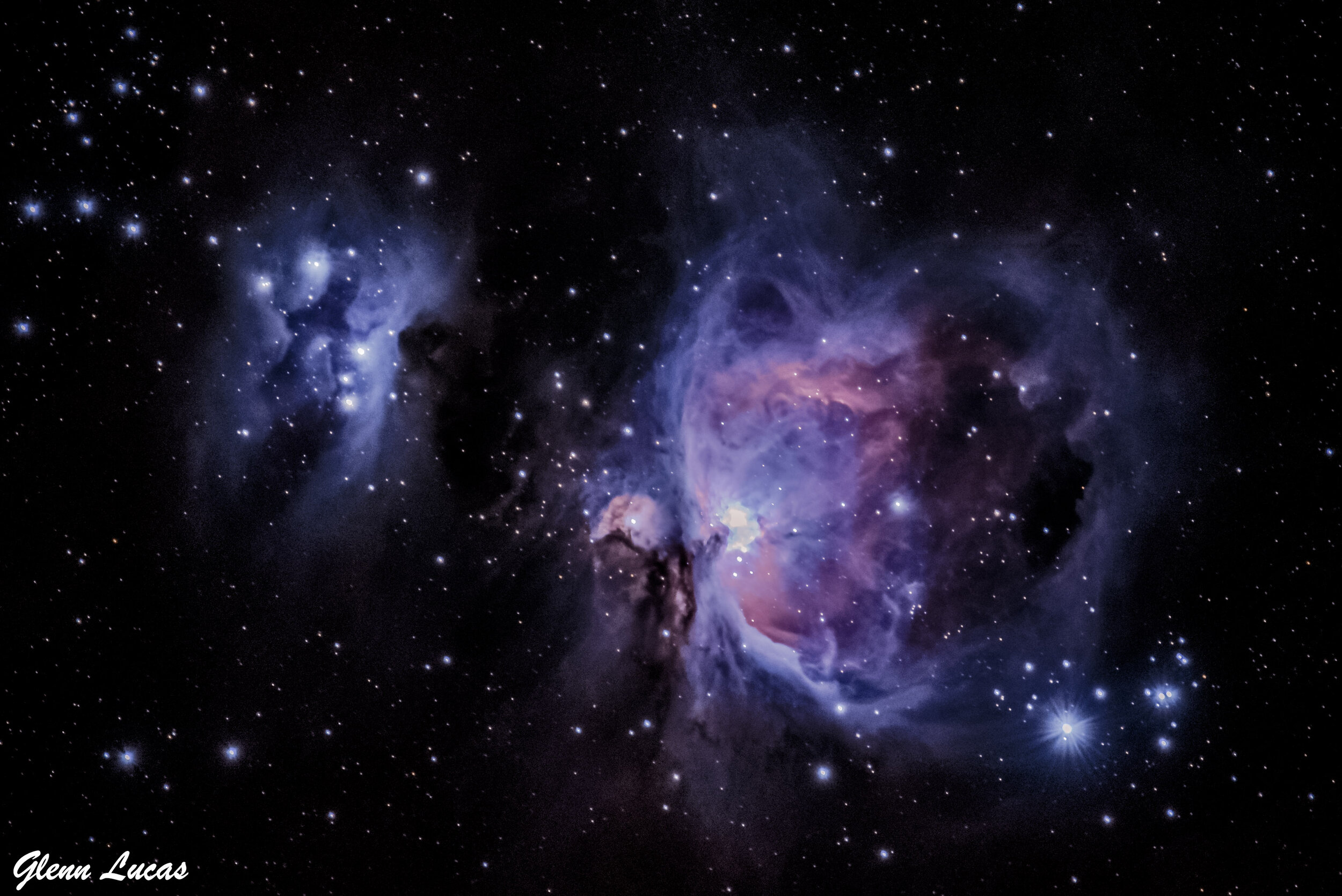I decided to delve into photographing deep space objects, so I acquired a higher quality equatorial mount (star tracker) that is easier to align with the celestial north pole and more accurately tracks the night skies. Having an accurate alignment is absolutely critical when using the very long focal length lenses or telescopes required to photograph deep space targets
This is the Running Man and the Orion Nebulae captured last night at the Torrence Barrens Dark Sky Preserve near Bala, Ontario. Orion is situated about 1,400 light years from earth, and consists of luminous clouds of dust and ionized gas and an association of stars, and is the nearest region to Earth where new stars are being born. To get a sense of just how far away it is, the light in this photo took 1,400 years to reach earth travelling at 300,000 kilometers per second.
Deep space photography is very challenging with a steep learning curve, and I did a lot of research learning how to capture these incredible objects. It requires a great deal of patience and is by far the most technically difficult form of photography I have done. The results, however, are simply awesome.
I recall seeing similar photos as a kid taken by astronomers using very large and very expensive telescopes. I never thought that one day I would be able to capture comparable images using my own equipment, and at a fraction of the cost.
